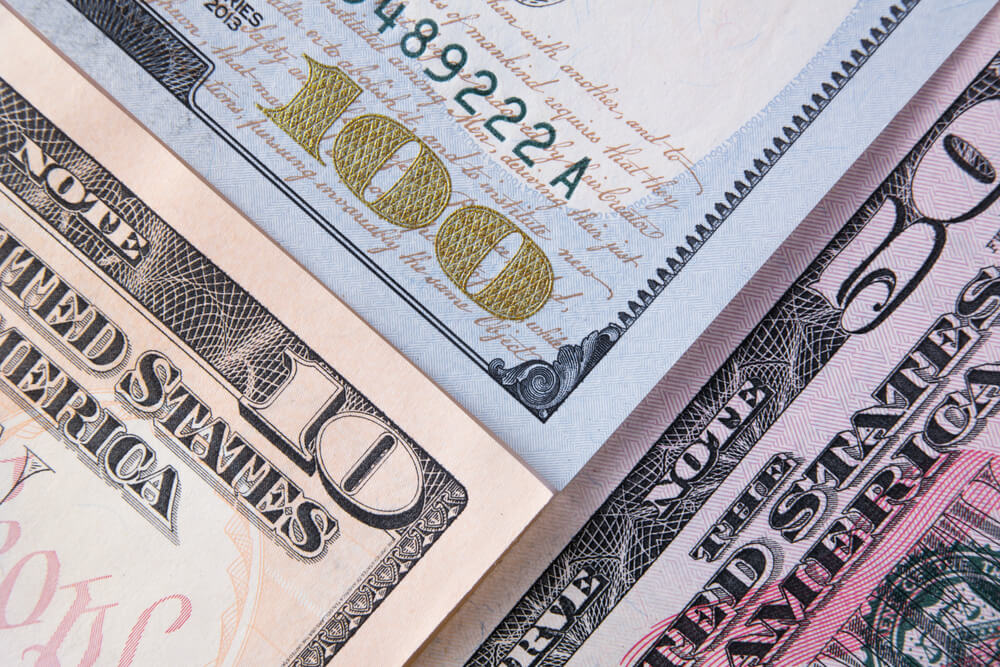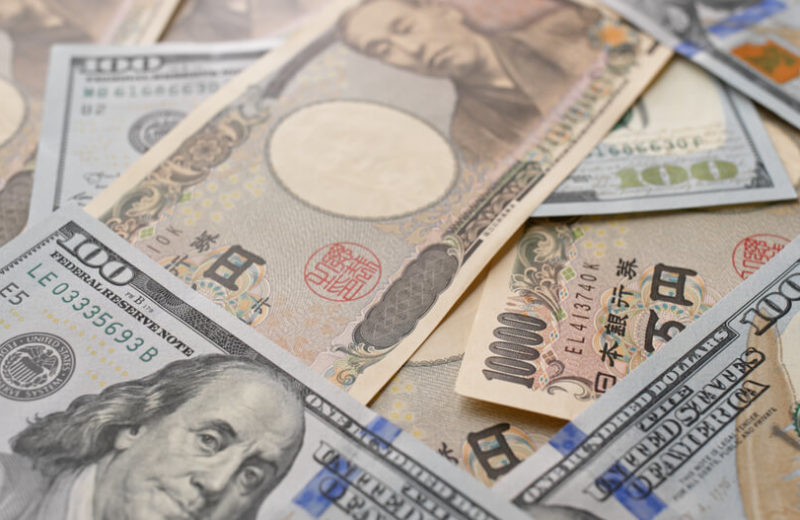For a second straight month, Japan’s overall assessment of its economy has remained the same in July. The report showed that the impact of the pandemic on the country’s economy has persisted and overall conditions were unchanged.
A monthly report approved on Monday by Prime Minister Yoshihide Suga’s cabinet said that full attention should be given to the way infection trends are affecting their domestic economy and also those abroad.
In its July assessment of economic conditions, the Japanese government said that the economy shows increased weakness in some parts, though it continued picking up amid severe conditions due to the coronavirus.
Private Consumption, which accounts for more than half of the nation’s Gross Domestic Product (GDP), as well as exports and output were flat. Recovering overseas economies were said to be helping Japan’s export industry.
Moreover, the Japanese central bank’s tankan business survey for April-June returned positive results. Due to this indication of a recovery in business conditions, the government raised its assessment.
Although business conditions are showing signs of recovery, some areas still remain unchanged.
Japan’s Second Quarter
According to a poll last week, chances were Japan’s economy barely grew in the second quarter. The pandemic curbs in Tokyo and results in private spending, among other areas of economic activity, were weighing on its economy.
Markets will await the release of a preliminary estimate for second-quarter GDP set to be released on Aug. 16.
According to analysts’ estimates, Japan’s economy was to grow 4.2% YoY, down from June’s forecast of a 4.6% expansion.
The new state of emergency in Tokyo is anticipated to impact the country’s economic growth this quarter. It is set to run through the Olympic Games until August 22.
In other economic news, at China’s July fixing on Tuesday, the Chinese government will likely keep its benchmark lending rate unchanged. There are, however, growing expectations for a cut, following an unprecedented lowering of bank reserve requirements.
Out of 21 participants, 11 traders and analysts representing 52.4% of the respondents in the snap poll, forecast no change in both the one-year Loan Prime Rate (LPR) and the five-year tenor. Moreover, 10 poll respondents expected a cut to the one-year LPR. While nine participants estimated a marginal cut of 5 basis points, the remaining one expected a 10 bp reduction.
As per record, one-year LPR was at 3.85%, and the five-year rate at 4.65%.














